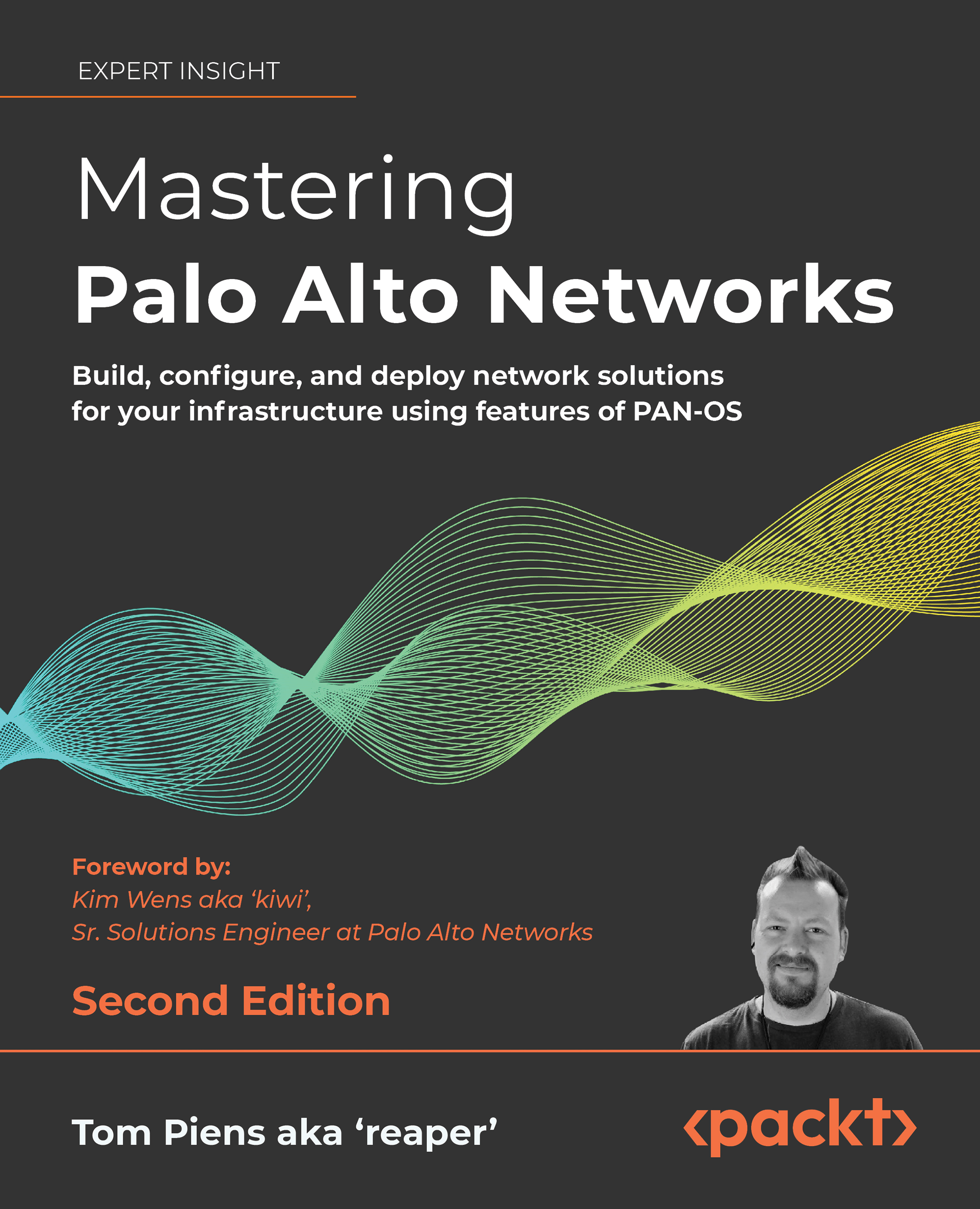Putting the firewall in-line
Simply configuring the firewall is not enough: a cloud environment behaves quite differently from a traditional network. If you haven’t deployed many firewalls in a cloud setting before, the most important considerations will be listed below. We will focus on Azure in this section to stay in line with the previous sections. Other cloud vendors have similar processes.
When the firewall is created, one of the additional objects that gets created in Azure is the DefaultNSG. An NSG, or Network Security Group, is the firewall component in Azure networking that creates an inbound bridge from the internet. This means any subnet in the VNET that is not added to the NSG will not be able to receive connections from the internet.
In addition to being a member of the NSG, a public IP address object is required to receive incoming connections, which are mapped to either an interface or a load balancer.
The default deployment only has the management...

































































